Prompting
Prompting stable diffusion is done in two main ways, natural language such as “A photo of a dog sitting on a chair”, or by using tags usually separated with a comma such as “long hair, pale skin, detailed, monochrome”, usually a mix of both natural language and tags works best, in most cases I place the natural language first and the tags after, some models are specifically training more on tags such as the commonly used Booru (NSFW) tags which are widely used for anime, SDXL features two text encoders CLIP_G and CLIP_L, the G encoder is better tuned for natural language whilst the L encoder is better tuned for tags, in practice though I usually just send the same to both encoders.
Different user interfaces use different prompt weighting which is why using another persons prompt will often give you significantly different results even if you use the exact same settings, Comfy UI for example does not normalise prompt weights across all tokens whilst A1111 does, there is also other things that can result in differences so keep that in mind if you’re trying to replicate an image.
Since all prompts are tokenized you can at times get worse results if you’re overly verbose, for example “detailed” typically works better than “ultra detailed”, it’s also not a good idea not to simply throw in random tokens as these can be detrimental, particularly as newer models such as SDXL work better with fewer tokens, as such adding one token at a time is preferable unless you’re sure it will do exactly what you intend.
Styles
Stable diffusion is capable of a huge number of different artistic styles all the way down to the style of an individual artist, however unless you’ve studied art it can be somewhat difficult to find a style you like, note that not all styles are well represented, you may need to do extra prompting or use a specific model or LoRA.
Basic Styles
- Portrait – An image of an individual person usually including head and upper torso or an image taller than it is wide
- Landscape – An image of a landscape or an image wider than it is tall
- Photo / Photograph – An image created with photography, usually implies that it is realistic
- Drawing / Sketch – An image created via various drawing techniques
- Painting – An image created via various painting techniques
- Anime – A popular style of Japanese origin, many varieties
- Print / Printing – An image created via various printing techniques
- Tapestry – Created by weaving fabric
- Embroidery – Created by stitching fabric
- Etching – Created by etching metal or glass usually with an acid
- Engraving – Created by removing surface material from metal, glass, stone or wood
- Carving – Created by removing material from wood, stone or bone
- Wood Burning – Created by burning wood with a hot iron or a laser
- Sculpture – Created out of a block of material or via casting
- Figure Drawing – Drawing with a focus on accurate anatomy
- Technical Drawing – Drawing of machinery, architecture, etc
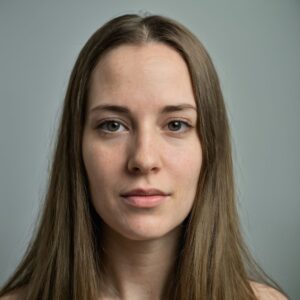
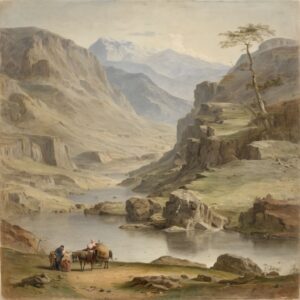

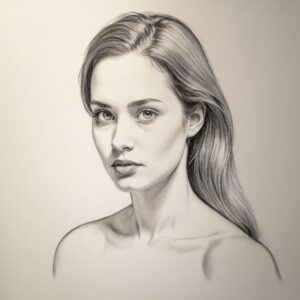
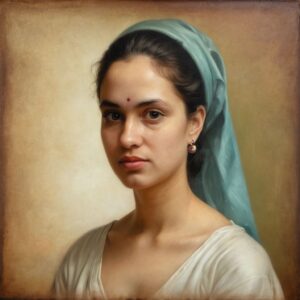
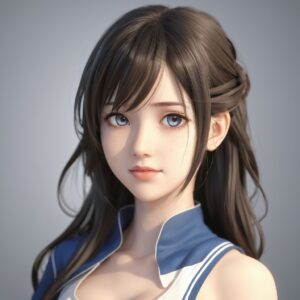
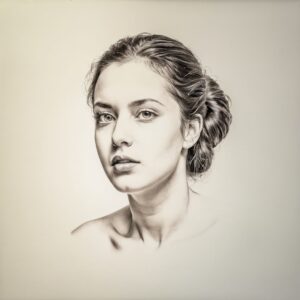
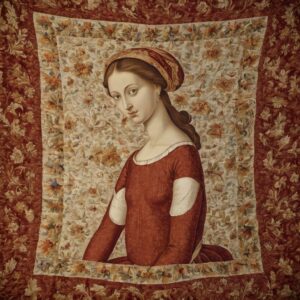
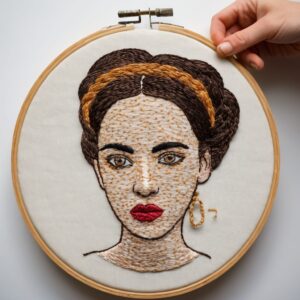
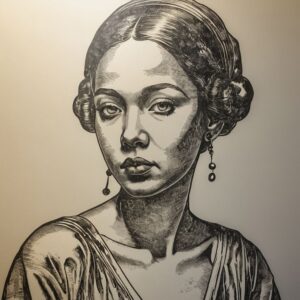
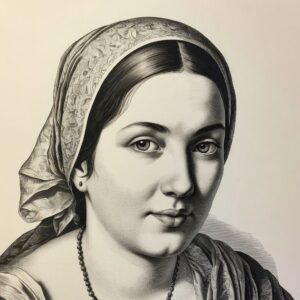
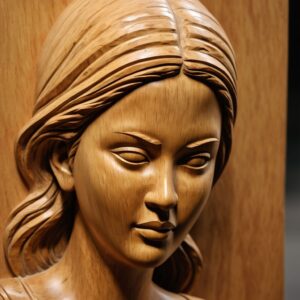
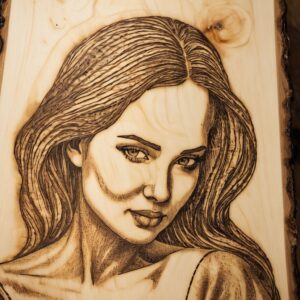
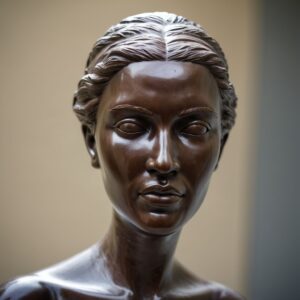
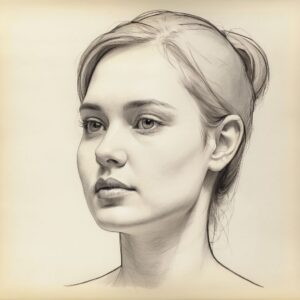
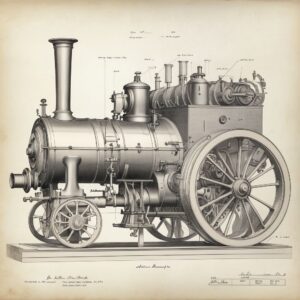
Photography Styles
There are numerous photographic techniques to create different effects, such as:
- Macro – A photograph of very small objects
- Wide Angle – A lens that has a wide field of view
- Telephoto – A photo taken from far away
- Fisheye – A lens with an extremely wide field of view producing distortion
- Tilt-Shift – A unique type of lens that produces interesting distortion
- Pinhole Camera – A very simplistic lens with heavy distortion
- Vignette – Darkening of the corners characteristic of many lenses
- Bokeh – Background blur created by a wide aperture

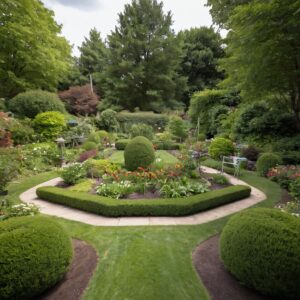
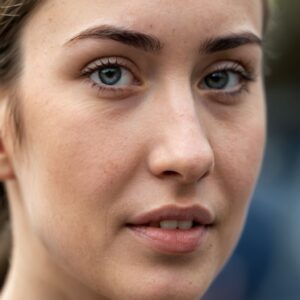

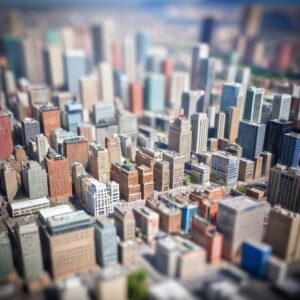
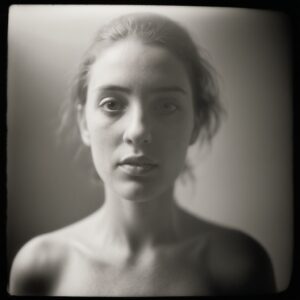
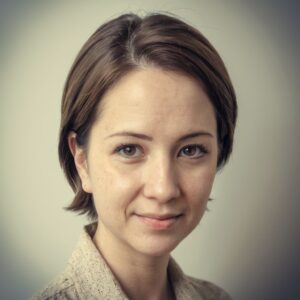
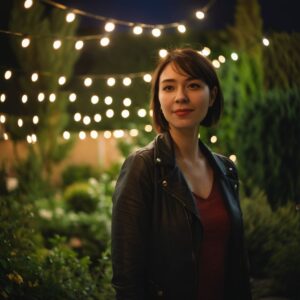
Drawing Styles
- Pencil
- Colored Pencil
- Pen
- Chalk
- Charcoal
- Graphite
- Crayon
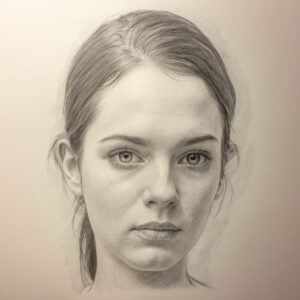
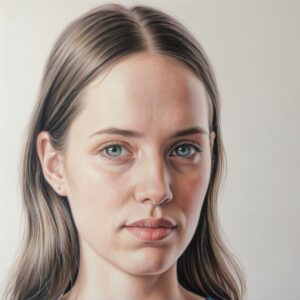
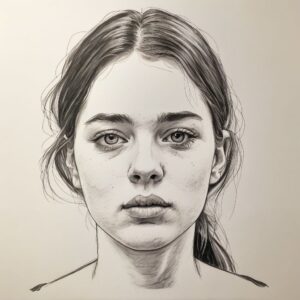
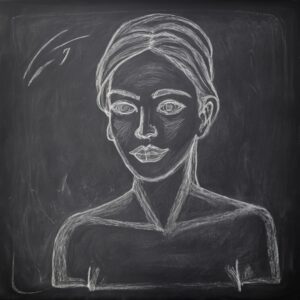
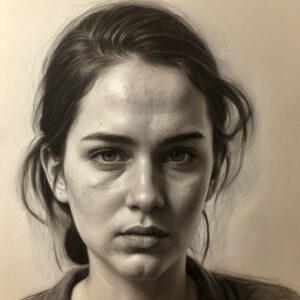
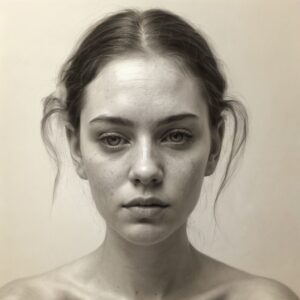
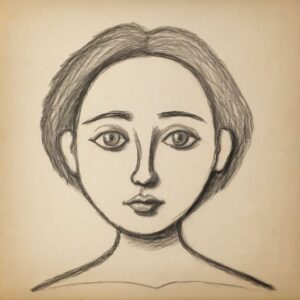
Painting Styles
- Acrylic – A modern type of paint that can be applied to many materials
- Oil – Oil based paint often used on canvas
- Watercolor – Water based paint often used on canvas
- Digital – Digital painting
- Gouache – Similar to watercolor but more opaque
- Encaustic / Hot Wax – Wax based painting
- Enamel – Paint applied to metal or ceramic
- Fresco – Paint applied to plaster
- Pastel – Painting using soft or hard sticks, can also refer to a color style
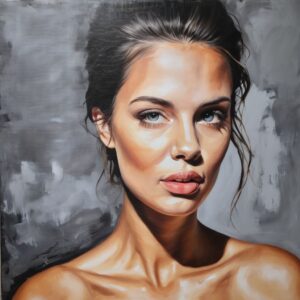
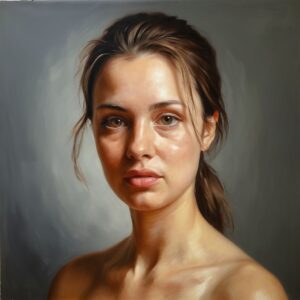

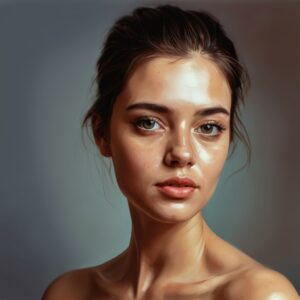
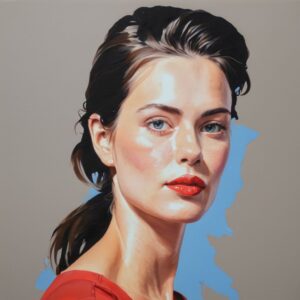
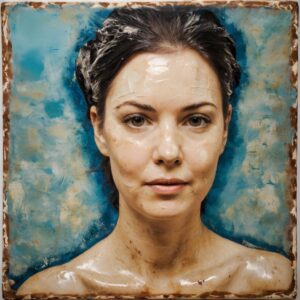
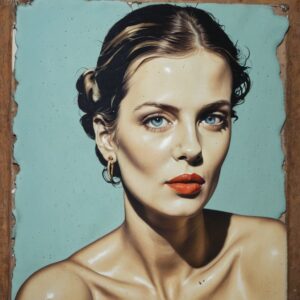

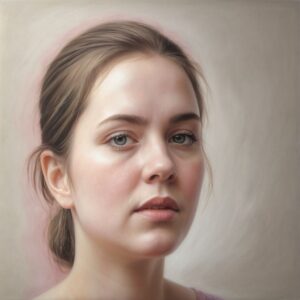
Printing
- Calligraphy – A form of stylised writing
- Woodcut – Early form of printing
- Woodblock – Ancient printing technique originating in China
- Ukiyo-e – Japenese woodblock printing and painting style from 17th to 19th century
- Shin-Hanga – 20th century revitalisation of ukiyo-e, translates as “new prints”
- Sōsaku-Hanga – 20th century revitalisation of ukiyo-e, translates as “creative prints”
WIP